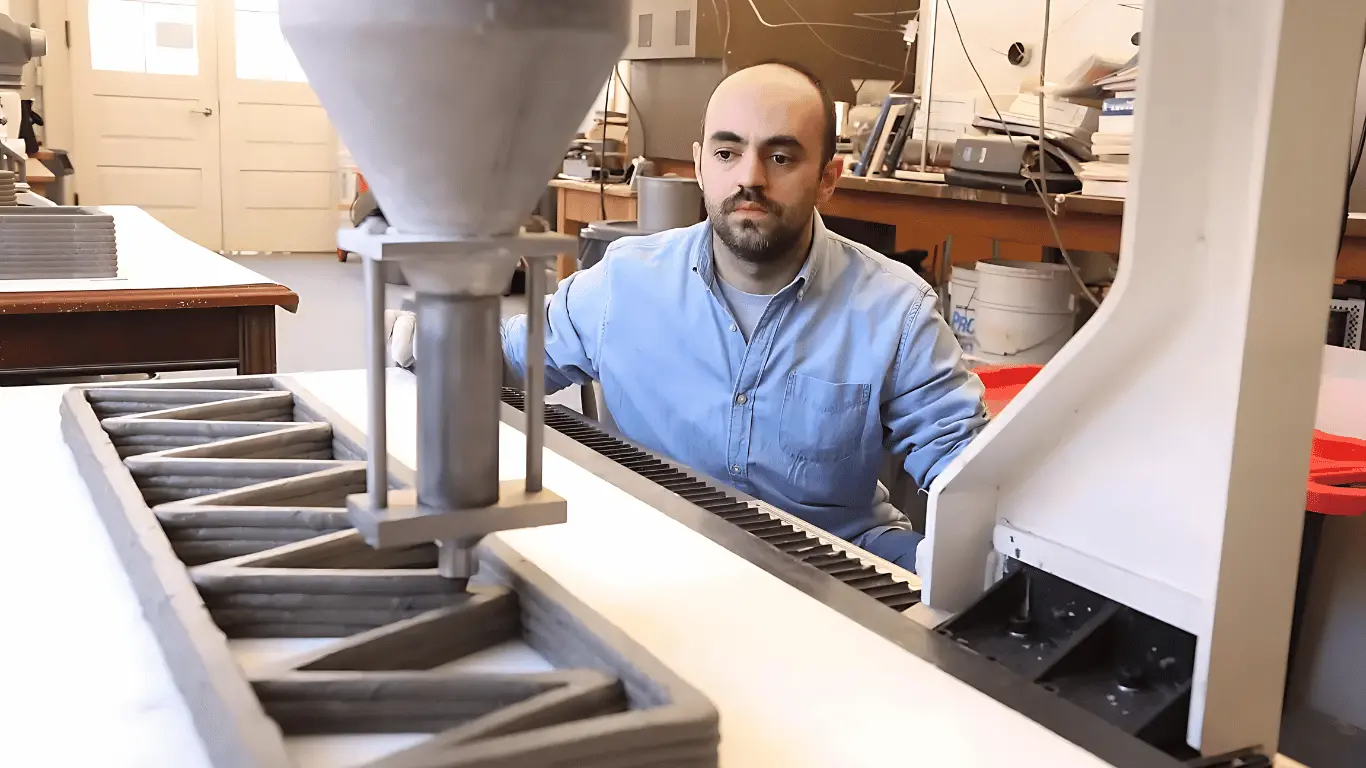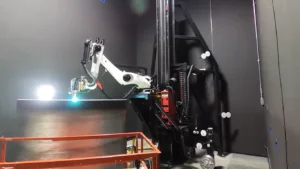A team of engineers from the University of Virginia has made a big discovery about 3D-printed concrete. They’re the first to test using tiny wood fibers in the concrete mix. This could be a game-changer for building stronger and better 3D-printed structures.
“We’ve found that adding special plant fibers called cellulose nanofibrils to printable materials makes them stronger and easier to print,” said Osman E. Ozbulut, an engineering professor. “This could mean greener and tougher buildings in the future.”
The team’s findings will be published in the September 2024 issue of Cement and Concrete Composites.
3D-printed homes are becoming more popular. They’re fast to build, can use recycled materials, and cost less to make. Plus, they can be any shape, unlike traditional homes.
There are still problems with 3D-printed concrete. We don’t have many materials to choose from, and we’re not sure how long or strong the buildings will be. The professor said, “It’s tricky. The concrete has to be runny enough to print, but hard enough to make a strong building. It’s like trying to make something that’s both water and rock.”

Cellulose nanofibrils (CNF), derived from wood pulp, present a renewable and low-impact solution. CNF can make these composite materials stronger and easier to shape. This is similar to how other plant-based materials improve these qualities.
A team led by UVA carefully studied how CNF affects regular 3D-printed materials in a special lab. Professor Ozbulut said they are trying to improve 3D-printed things. They want to make them stronger by adding different materials. Instead of just guessing, they want to use science to understand exactly what works.
The researchers tried adding different amounts of CNF to the material. They discovered that adding at least 0.3% of CNF made the material flow better. Microscopic analysis of the hardened samples revealed better material bonding and structural integrity.
The researchers also found that 3D-printed parts with CNF were stronger. They could handle being pulled, bent, or squeezed better.
Using plants to make stronger 3D-printed concrete is a big step forward. This could help us build stronger and greener buildings in the future.
Source: engineering.virginia.edu
Read more recent news:
- Ireland’s First 3D Printed Homes Underway in Dundalk
- Rocket engine startup Ursa Major launches new 3D printing lab in Ohio
- UpNano develops process for 3D Prints Micro Quartz Marvels
- Bambu Lab Confirms Best Large Format 3d Printer for 2024
- 3D Printed Skatepark Makes Debut in Paris Olympics 2024
Alexa Sipes is a U.S. tech journalist with 5 years of experience, now writing for 360TechInsights. She covers emerging technologies and industry trends across North America, Europe, and Asia. Sipes’ concise reporting offers readers valuable insights into the latest tech news, innovations and the companies behind them.
Feel free to reach out to me at AlexaSipes@360techinsights.com.




